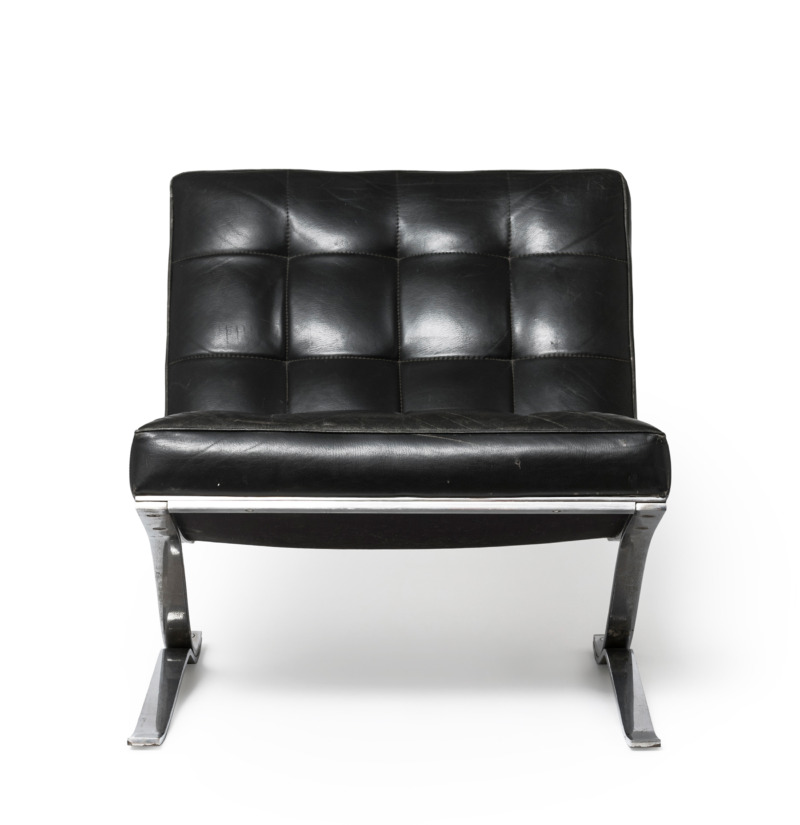The surface of the earth would be very different if brick architecture were to be supplanted everywhere by glass architecture. It would be as if the earth were suddenly dressed in jewellery of gems and enamel. . . . Then we would have a heaven on earth, and would not need to look longingly into the sky.
Paul Scheerbart, 1914
Bruno Taut took his commission as a vocation “to build a garment for the soul”. In secular terms, however, the Glass Pavilion was intended as an advertising pavilion for the glass industry at the Cologne exhibition.
Taut’s Glass Pavilion gives fitting expression to the utopian momentum that produced the Lebensreform movement, which had its roots in the arts, bundled the energy of various movements of the early 20th century, and was universally propagated by associations such as the Deutscher Werkbund and the Bauhaus. The Glass Pavilion manifests the ambition to achieve a new unity of nature, art and engineering in a single object.
The Werkbund exhibition closed in August 1914 as Germany mobilized for World War I. Only the ravaged concrete frame of the Glass Pavilion survived the war years, and it was demolished in the early 1920s.
In 1993, after old plans and building documents on Taut’s Glass Pavilion were found in the historic archives of the city of Cologne, the Werkbund Archives took the opportunity to make a model of the building. Projection based on a video shot by a camera travelling through the model offers a kind of virtual tour and experience of the building.
The model of Taut’s Glass Pavillion is part of the exhibition “Made in Germany – Politics through Things. The German Werkbund in 1914.”

